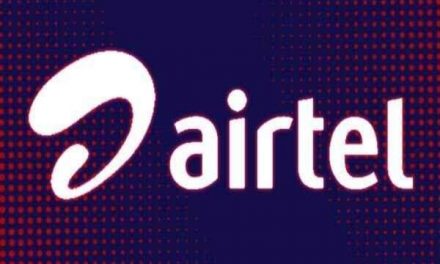There is good news for the taxpayers in the country. The E-assessment Scheme, 2019 that aims to completely eliminate the interactions between the tax authorities and the taxpayers has been notified by the government recently. The mention of e-proceedings was initially made in the Budget 2019-20.
Further, it states that all communication with tax payers and among assessment centres etc will be purely electronic; communications to be digitally authenticated; and most importantly assessees will not to make personal appearance at centres.
 Even the assessment will be governed by certain pre-determined risk assessment criteria and other pre-fixed broad parameters. The notification was issued by the Central Board of Direct Taxes (CBDT) on September 12, 2019.
Even the assessment will be governed by certain pre-determined risk assessment criteria and other pre-fixed broad parameters. The notification was issued by the Central Board of Direct Taxes (CBDT) on September 12, 2019.
The new scheme notified by the Central Board of Direct Taxes will change the way ITR will be scrutinised. Earlier, the ITR was scrutinised by the assessing officer of the individual taxpayer through online process. However, the new scheme will not only make the assessment faceless but you will not have to go meet any assessing officer during the proceeding period. Your ITR will be scrutinised through a computerised randomly selected regional unit which will be set up under the scheme.”
From now onwards, there will not be any personal appearance in the Centres or Units by the taxpayers. The scheme states that a person shall not be required to appear either personally or through authorised representative in connection with any proceedings under this Scheme before the income-tax authority at the National e-assessment Centre or Regional e-assessment Centre or any unit set up under the E-assessment Scheme, 2019 Scheme.
5 things you need to know about the E-assessment Scheme, 2019:
1. Under the scheme, the scrutiny notice will be issued to the individual under section 143(2) if he has under-reported his income or over-stated losses.
2. The individual will have to reply within 15 days from the date of receipt of notice. The notice issued will be sent electronically on the taxpayer’s account on the e-fling website, to the registered email address of the taxpayer or on the mobile app of the income tax department which has the registered mobile number.
3. Individual will be required to respond to the notice or order received through the registered account only. The response shall be considered successfully submitted once individual has received the acknowledgement from the National e-assessment Centre.
4. Individual taxpayers would not be required to appear either personally or through authorised representative in relation to the proceedings related to the scheme before income tax authority, National e-assessment centre or Regional e-assessment Centre or any unit set up under the scheme.
5. All the communication between the department and taxpayer would be done electronically. Even all the internal communication within the income tax department will be electronic.
Procedure For E-assessment In Brief:
The assessment under this Scheme shall be made as per the following procedure:
(i) The National e-Assessment Centre shall serve a notice on the assessee under sub-section (2) of section 143, specifying the issues for selection of his case for assessment.
(ii) The assessee may, within fifteen days from the date of receipt of notice file his response to the National e-assessment Centre.
(iii) The National e-assessment Centre shall assign the case selected for the purposes of e-assessment under this Scheme to a specific assessment unit in any one Regional e-assessment Centre through an automated allocation system.
(iv) The assessment unit shall, while making draft assessment order, provide details of the penalty proceedings to be initiated therein, if any.
(v) The National e-assessment Centre shall examine the draft assessment order in accordance with the risk management strategy specified by the Board.












